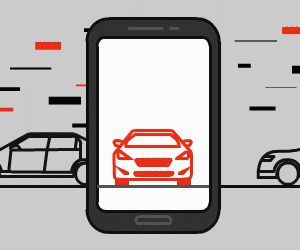PSA Group follows through with emissions protocol testing
The Peugeot Citroen Automobiles Group, French Transport & Environment (T&E) body, France Nature Environment (FNE) and Veritas
Bureau have together published the emissions testing protocol framework as promised earlier this year.
The framework is designed to define the measuring process of vehicle real- world emissions tests, including necessary equipment, measurement and processing methods, and how to systematically calculate the average real-life fuel consumption of ordinary motorists and consumers.
world emissions tests, including necessary equipment, measurement and processing methods, and how to systematically calculate the average real-life fuel consumption of ordinary motorists and consumers.
The protocols include reasonable use of air-conditioning systems, luggage, passenger weight and driving conditions such as road surfaces, gradients and varying levels of traffic congestion in multiple scenarios like city, urban and long-distance driving.
Other more detailed factors considered in the highly-scientific protocol includes tyre rolling resistance, ambient temperatures, including testing equipment mass and the consideration of diesel particulate filters.
Gilles Le Borgne, Executive VP of Quality and Engineering with PSA Group said the framework holds a mirror to the claimed emissions produced by its vehicles to show honesty with consumers.
“This robust protocol is the result of unprecedented and successful cooperation between a manufacturer, non-government organisation, and  a certification organisation,” Le Borgne said. “It is now available for all to see and to use as inspiration to encourage greater customer transparency.”
a certification organisation,” Le Borgne said. “It is now available for all to see and to use as inspiration to encourage greater customer transparency.”
On top of results published in July of 30 Peugeot, Citroen and DS vehicles and their real-world fuel consumption under the same testing protocols, PSA Group have said it will publish another 10 vehicles’ test results including new Peugeot 3008 and Citroen C3 unveiled at the Paris Motor Show last week. PSA promises to have 50 models and their real-world consumption figures published on their website by the end of 2016.
The same emissions testing protocols will be applied in 2017 to measure real-world nitrous oxide emissions.
To view details on the real-world fuel consumption protocol, click here.
To see the data spreadsheets, because you just love data, numbers and maths in general, click here to download.










